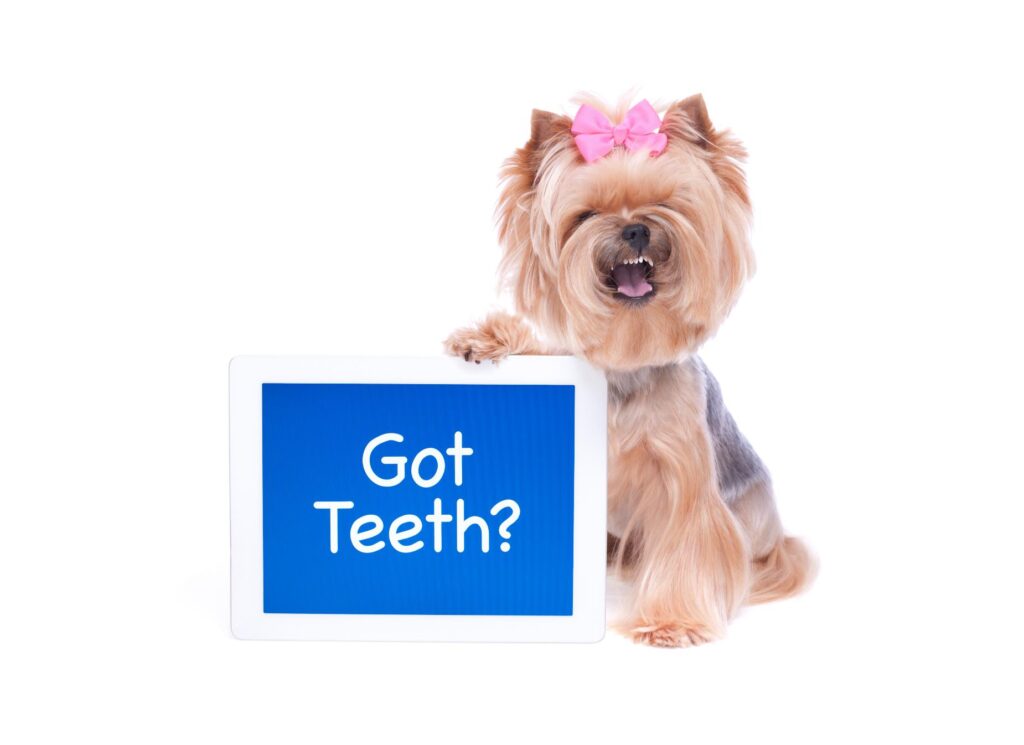
A pet’s teeth are part of their unique appearance, but a toothless dog or cat is equally distinctive. Many factors lead to partial or complete toothlessness. Whether tooth extractions resulted from advanced periodontal disease or another cause, a proactive approach to a toothless pet’s nutritional needs is critical to their health. Additionally, even in the absence of teeth, there are important ways to support overall oral hygiene.
The Long View
Periodontal disease has the potential to spread infection throughout the body, affecting the heart, liver, and kidneys. Plus, broken, cracked, or loose teeth can impair chewing and cause food avoidance and inadequate nutrition.
Tooth extraction is an alternative to keeping diseased teeth in the mouth, positively impacting a pet’s daily quality of life and even their lifespan. In other words, a toothless dog or cat can still enjoy a long, full life.
Working Together
Finding the right balance of products to feed a toothless dog or cat is key to their overall health. Prescription diets can deliver all the vitamins, nutrients, and proteins a pet needs to thrive. It is critical to provide them with balanced nutrition. Depending on a pet’s tastes and preferences, we can help you find chewable, appetizing foods.
Getting Creative
Feeding a toothless dog or cat requires planning, research, and experimentation. Many owners find that simply adding warm water to kibble (or low-sodium chicken or beef broth for flavor) is enough to soften the food, which makes it easier to chew (with the gums) and swallow. You may also try to mash up the hard kibble bits after the water or broth has soaked in enough. This is a good place to start, as a pet may be attached to the smell and taste of their existing kibble product.
Changing Gears
Toothless pets may need time to adjust to wet food in their diet, especially if they’ve always eaten hard kibble.
- Slowly add small quantities of wet or canned food to their kibble portion, taking care not to add excessive calories.
- Gradually increase the wet food ratio until kibble is no longer needed.
- It can take time to find wet or canned food that becomes preferable to kibble.
- Take stock of what is left in the bowl after meals and change up varieties of wet food.
- Many pets enjoy pouches of meal toppers, broths, pate, or gravies. Different brands deliver various flavors that a pet may or may not find appetizing.
- Experimentation is the key until a pet really shows an interest in specific products.
Pet Dental Care
Even a toothless dog or cat benefits from pet dental care. Brushing their gums once a day is a great way to combat any oral bacteria. Gum health is connected to overall wellness, and we’re here to help you find the correct products that promote oral hygiene.
If you have additional questions about feeding a toothless dog or cat, how to prevent periodontal disease, or ways to clean remaining teeth and gums please call Shiloh Veterinary Hospital at
(818) 614-9929.
